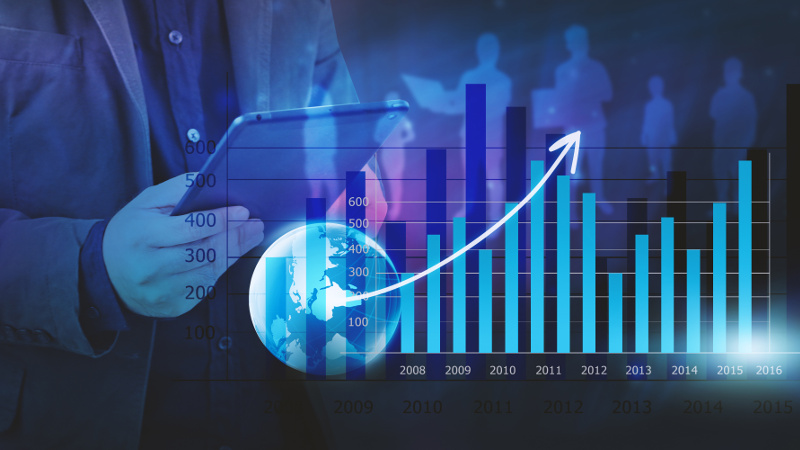Introduction
A portfolio and a hedge fund are both linked to investment money, but they have different jobs. A portfolio is a group of money things like stocks, bonds and cash owned by someone or an organization. These include other investments too. The aim of making a portfolio is to spread risk and maybe increase returns by investing in different things. People who put money into different types of investments usually make portfolios. They do this according to what they want from their finances, how much risk they can take, and the amount of time they plan on investing for. Investors can manage portfolios actively. This means they often change the way assets are divided to match market conditions and goals, or it can be more relaxed – set up so that a specific portion only follows certain stock markets changes. A hedge fund is like a big group for rich people or organizations to join and put their money together. They use this pooled cash in many kinds of things, usually with more freedom than normal investment funds do. Hedge funds usually have investment managers that use different ways to earn money and lower risks. They can buy or sell stocks, borrow money, and use derivatives for better results (Bell, Bryman, & Harley, 2018). The word “hedge” first meant using different ways to protect or cover up against drops in the market. Modern hedge funds can do many kinds of money activities, not just the old way called “hedging.” Hedge funds are famous for being very flexible. They often go after total returns, which means they try to get good money back even when markets aren’t doing well overall. In simple words, a portfolio is many different types of money things owned by someone who invests. A hedge fund is special type of investment group that uses smart ways to gain income and keep risk in check. Hedge funds are just one method to handle a collection of investments. They often involve more advanced and frequently updated ways of managing money.
Part A
Inception Date: January 1, 2021
| Investment Name | Initial Value (£) | Final Value (£) | Capital Growth (%) | Dividend Income (£) | Interest Income (£) | Total Return (%) | Commencement date |
| I Shares BRIC 50 UCITS ETF Fund | 152,450 | 204,250 | 34 | 1,800 | – | 35.8 |
30th October,2023 |
| Airbus Group | 456,125 | 685,250 | 49.9 | 3,150 | – | 52.7 | 30th October,2023 |
| EasyJet Plc | 445,000 | 334,125 | -24.9 | 500 | – | -20.4 | 30th October,2023 |
| Barclays PLC | 1,112,500 | 1,315,000 | 18.2 | 2,250 | – | 20.4 | 30th October,2023 |
| Lloyds Banking Group PLC | 5,450,000 | 8,450,000 | 54.9 | 16,250 | – | 70.7 | 30th October,2023 |
| Wisdomtree Gold | 1,532,500 | 1,865,000 | 21.7 | – | – | 21.7 | 30th October,2023 |
| I Shares MSCI Brazil UCITS ETF | 152,450 | 182,250 | 19.5 | 750 | – | 21 | 30th October,2023 |
| Microsoft Corporation | 2,475,000 | 4,085,000 | 65 | 5,000 | – | 69.7 | 30th October,2023 |
| BT 5.75% 2028 Bond | 675,000 | 695,640 | 3.1 | 37,125 | – | 40.2 | 30th October,2023 |
| 0.7/8% Treasury Gilt 2029 | 450,000 | 459,700 | 2.2 | 31,500 | – | 33.7 | 30th October,2023 |
| Cash (GB£) | 450,000 | 454,500 | – | – | 4,500 | 1 | 30th October,2023 |
Benchmark: Assuming a risk-free rate or a relevant market index with a 20% annual return.
Analysis
…


Recent Comments